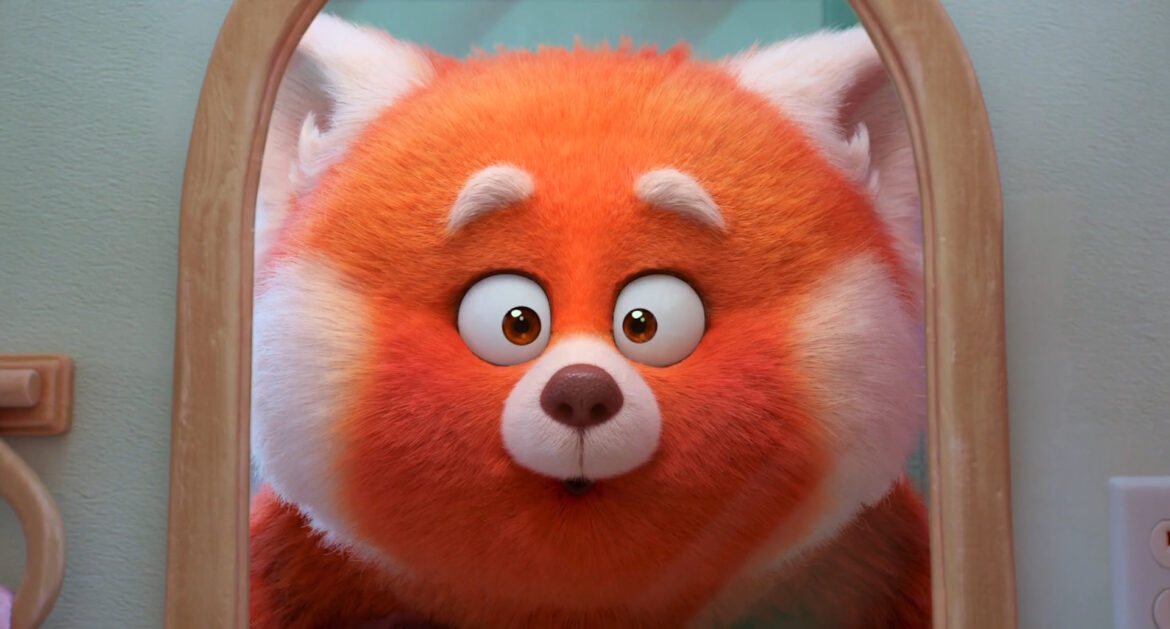I recently saw Turning Red and loved it for a number of reasons, some more biased than others. It sounds like a simple enough story—thirteen-year-old Mei Lee has her life seemingly figured out as she follows the expectations set out to her by her mother while secretly obsessing over a boyband and crushes with her group of friends. That is, until Mei learns that the women in her family can turn into giant red pandas when they get too excited, a fact that starts to take a toll on her relationship with her mother.
I’m Canadian, so the fact that there’s now a Disney Pixar movie set in Canada is pretty exciting. I’ve been to Toronto a number of times which made all the references Domee Shi put into the film made the movie feel like a scavenger hunt at times. However, being set in the early 2000s brought a feeling of nostalgia that I wasn’t expecting (SKYDOME FOREVER*!). I loved the animation style, the over-exaggerated Anime-inspired reactions many of the characters have and the overall plot of the story. But what I enjoyed most about Turning Red is that it’s a female-centered coming-of-age story that’s meant to be viewed by all audiences.
Mei’s emotional outbursts and ability to turn into a giant red panda act as a metaphor for puberty. This is a topic rarely discussed in stories involving young girls; or, if it is, that automatically gives a higher rating, limiting which audiences can see it. Movies like Booksmart and Eighth Grade both focus on young, female protagonists but their movies are given R ratings (though in Canada Eighth Grade has a 14A rating) making them inaccessible to the audience the story is focused on. By rating female coming-of-age stories for adult audiences we are saying that there is something wrong, something inappropriate, that happens when girls grow-up. Something that has to remain unknowable and scary which, in turn, can cause feelings of shame as young girls try to navigate this change occurring in their lives without having stories to tell them that they are okay, that they are normal.
Turning Red allows Mei to be a real, awkward, cringey teenager with her friend group and normalizes these things for its intended audience. From obsessing over the boyband 4Town to drawing Anime fan art of her and her crush (Awooga!), and hell, even mentioning pads, Turning Red shows viewers the reality and normalcy of a girl’s coming-of-age. Mei is an authentic portrayal of teenage girldom and tells its audience that it’s okay to be passionate about things, it’s okay to have crushes, and it’s okay to have emotions so overwhelming that they seem to turn you into an entirely different person (or even a giant red panda). Growing up is normal, and it’s about time girls were given a story that tells them that.
*To non-Canadians, the Skydome changed its name in 2005 to Rogers Centre, but many still affectionately call it by its former name.


Comments are closed.